Cyberdyne Treatment Cost In India
Unlock Exclusive Discount : Your Gateway to Premium Healthcare with Medsurge India Health Value Card.

Unlock Exclusive Discount : Your Gateway to Premium Healthcare with Medsurge India Health Value Card.

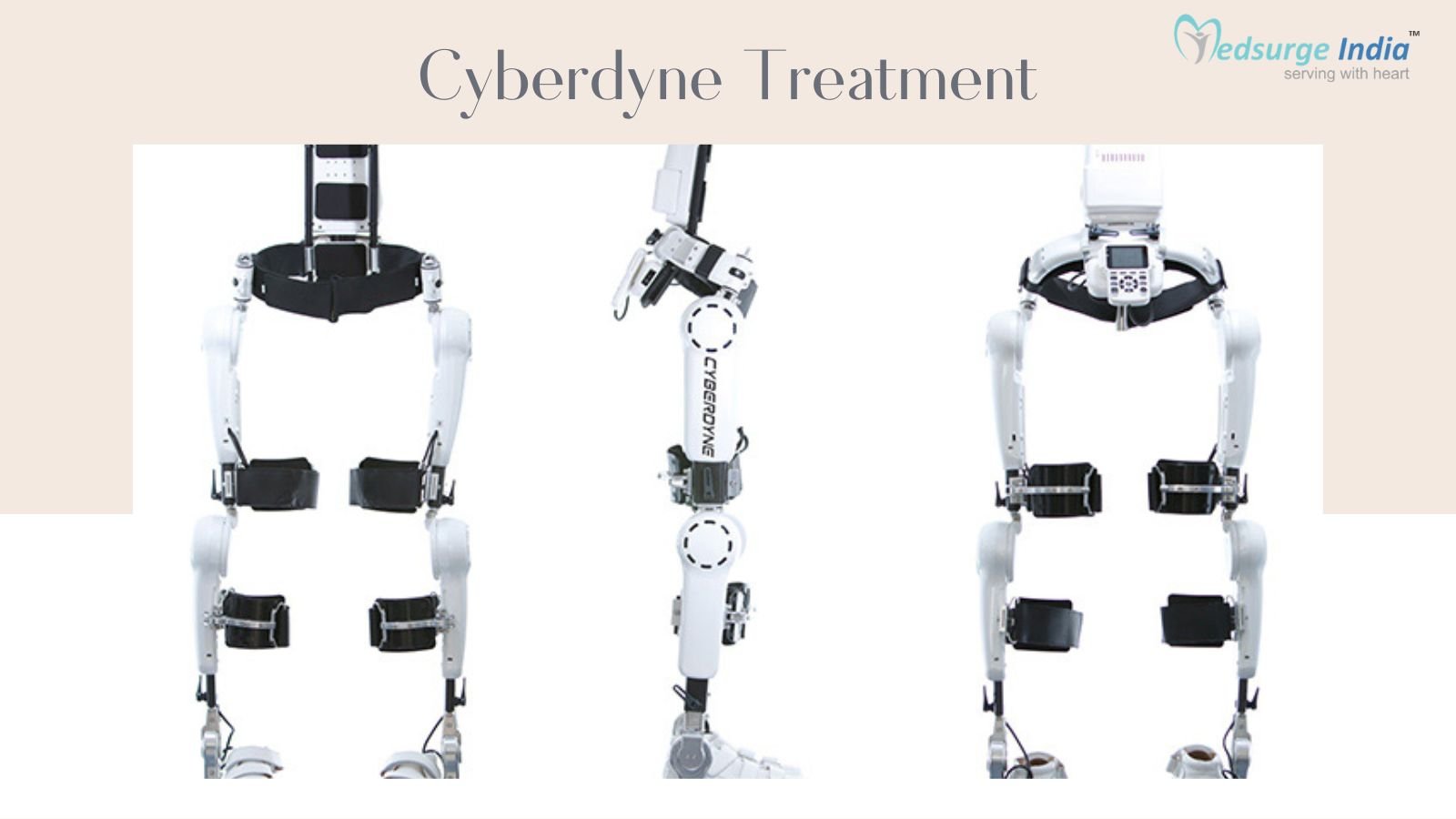
The brain communicates with the muscles by sending nerve impulses when a person wants to move a particular area of their body. People with physical disabilities who suffer from damaged neurological systems struggle to move as freely as they would want because they are unable to convey these signals to the muscles in a reliable manner. Such disabilities have previously been thought to be challenging to treat. However, a recently created “cybernetic treatment,” a ground-breaking robot treatment system that would regenerate and enhance the patient’s own brain-neuro-physical processes, has already started to provide significant improvements in patients’ capacities to move independently. Treatment for Cyberdyne in India is rapidly improving and is done by the best doctors.
When compared to other wealthy countries, the cost of cyberdyne in India is really low. The achievement may in part be attributed to the neurosurgeons’ experience and the state-of-the-art medical equipment used in Indian institutions. In addition to these advantages, India’s low costs without diminishing clinical standards play an essential role in its global appeal.
Cyberdyne is a robot designed to enable persons who have lost the use of their lower limbs to regain the joy of walking. Cyberdyne uses HAL [Hybrid Assistive Limb] technology. The patient’s intention is used by the robotic suit to move the legs.
The Hybrid Assistive Limb (HAL), designed for patients with spinal cord injuries, will enable patients to enjoy the satisfaction of standing or walking by supporting their complete lower skeleton.
The following gives a clear idea of the treatment:
The nation is a favorite location for medical tourists thanks to its cutting-edge facilities, qualified physicians, and affordable care. In addition to promoting contemporary medical procedures, India has pushed age-old procedures that enhance general health and welfare, such as yoga and ayurveda.
In the healthcare industry, keeping up with new and cutting-edge technologies is crucial. One such achievement of the nation’s medical sector is the Cyberdyne treatment. India has emerged as the preferred location for all the aforementioned investments as the Japanese sponsors have shown a keen interest in HAL’s operations.
In terms of medical tourism in India, we have an advantage over other nations due to the following:
Affordable Cyberdyne treatment cost in India starts from INR 5,84,000 (USD 7,000). Healthcare prices are substantially lower in India than in other nations. Additionally, the level of medical care and services offered there are on par with those at the greatest hospitals in the world. Even without accounting for the costs of travel, hotel, and food.
Cyberdyne treatment cost in India can vary depending on a number of criteria, such as
The hospitality and patient care provided by hospitals that provide Cyberdyne treatment are well-known. These facilities are home to some of India's top neurosurgeons and experts in their areas. It could be challenging for a foreign patient to select a reputed hospital for treatment. It is an important choice that needs to be made while keeping a number of things in mind, like:
Medsurge India is a prestigious support system for patients looking for doctors, hospitals, and specialized treatments. We'll find the most suitable medical options for you. Regarding your medical issues, our team will give you a list of certified, reputable, and trusted doctors and hospitals. Additionally, we offer a treatment strategy that fits your budget. Apart, we assist patients with obtaining travel authorizations, medical visas, and a multitude of other things.
A: Patients have sensors attached to their legs during physical therapy treatments using the Hybrid Assistive Limb (HAL) to detect small electrical impulses on the skin that indicate the wearer's desire to move.
A: The PHOENIX Medical Exoskeleton is the lightest and most advanced exoskeleton on the market, designed to assist people with mobility disorders in remaining upright and mobile.
A: Exoskeletons do not exist in humans. Humans have endoskeletons because their skeletons are found inside their bodies. Members of the phylum Arthropoda are the only creatures with exoskeletons. Insects, arachnids, and crustaceans are examples of this.
A: The hyoid bone is famous for being the only bone in humans that does not articulate with any other bone and instead has only muscular, ligamentous, and cartilaginous attachments. Because of this peculiarity, it has been dubbed "free floating."
A: Once the soft tissues have fully decomposed, all that remains is the skeleton. The skeleton and teeth are much more robust. Although they undergo a number of subtle changes after death, they can remain intact for many years.

Neurosurgeon
Consultant
24+ years of experience
Zynova Shalby Hospital
View Doctor
Neuro Spine Surgeon
Senior Consultant
14+ years
Gleneagles Hospital, Mumbai
View Doctor
Neurosurgeon
Senior Consultant
25+ Years of experience
Aakash Healthcare Super Speciality Hospital
View Doctor
Neurosurgeon
43+ years of experience
Manipal Hospital, Panaji, North Goa
View Doctor
Neurologist
Consultant
26+ years of experience
Manipal Hospital, Mandi Mohalla, Mysore
View Doctor
Neurosurgeon
24+ years of experience
Manipal Hospital, Mandi Mohalla, Mysore
View Doctor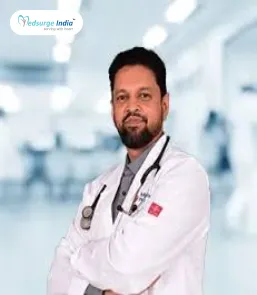
Neurologist
Consultant
29+ years of experience
KMC Hospital, Hampankatta, Mangaluru
View DoctorNeurologist
20+ years of experience
KMC Hospital, Hampankatta, Mangaluru
View Doctor
Neurologist
Senior Consultant
18+ years of experience
KMC Hospital, Hampankatta, Mangaluru
View Doctor
Neurosurgeon
Senior Consultant
37+ years of experience
KMC Hospital, Hampankatta, Mangaluru
View Doctor



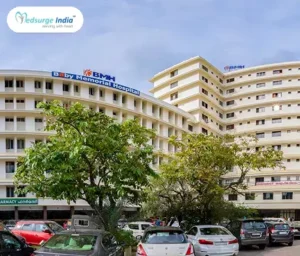

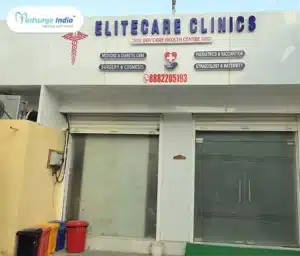
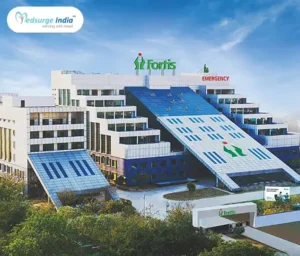


By using our site, you agree to our Terms and Conditions, Privacy Policy and Refund Policy. Medsurgeindia does not provide medical advice, diagnosis, or treatment. The information provided on this site is designed to support, not replace, the relationship that exists between a patient/site visitor and his/her existing physician. We also Accept International Payments.

Copyright © 2025 NSM ONLINE SOLUTIONS PRIVATE LIMITED. All rights reserved.